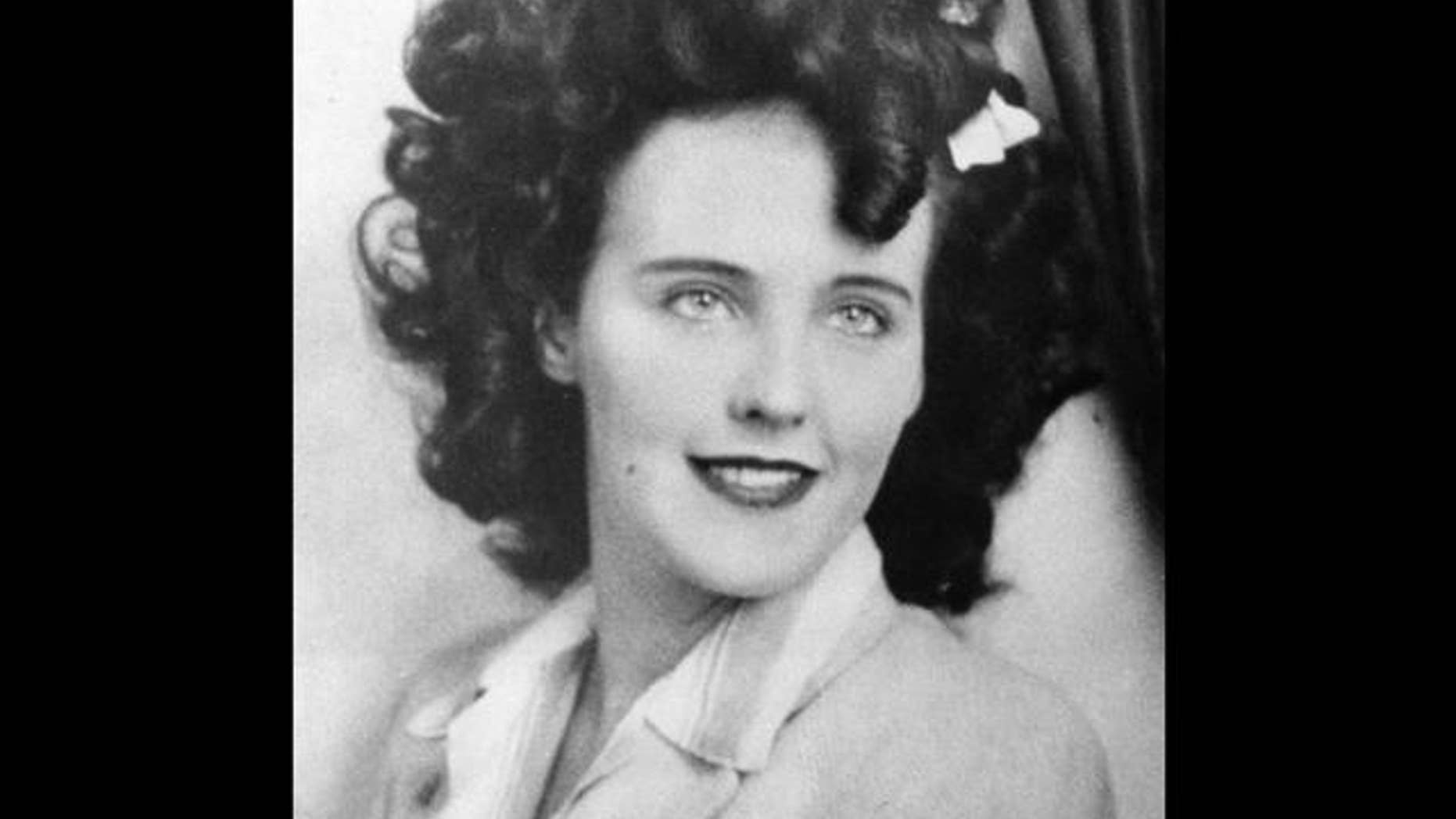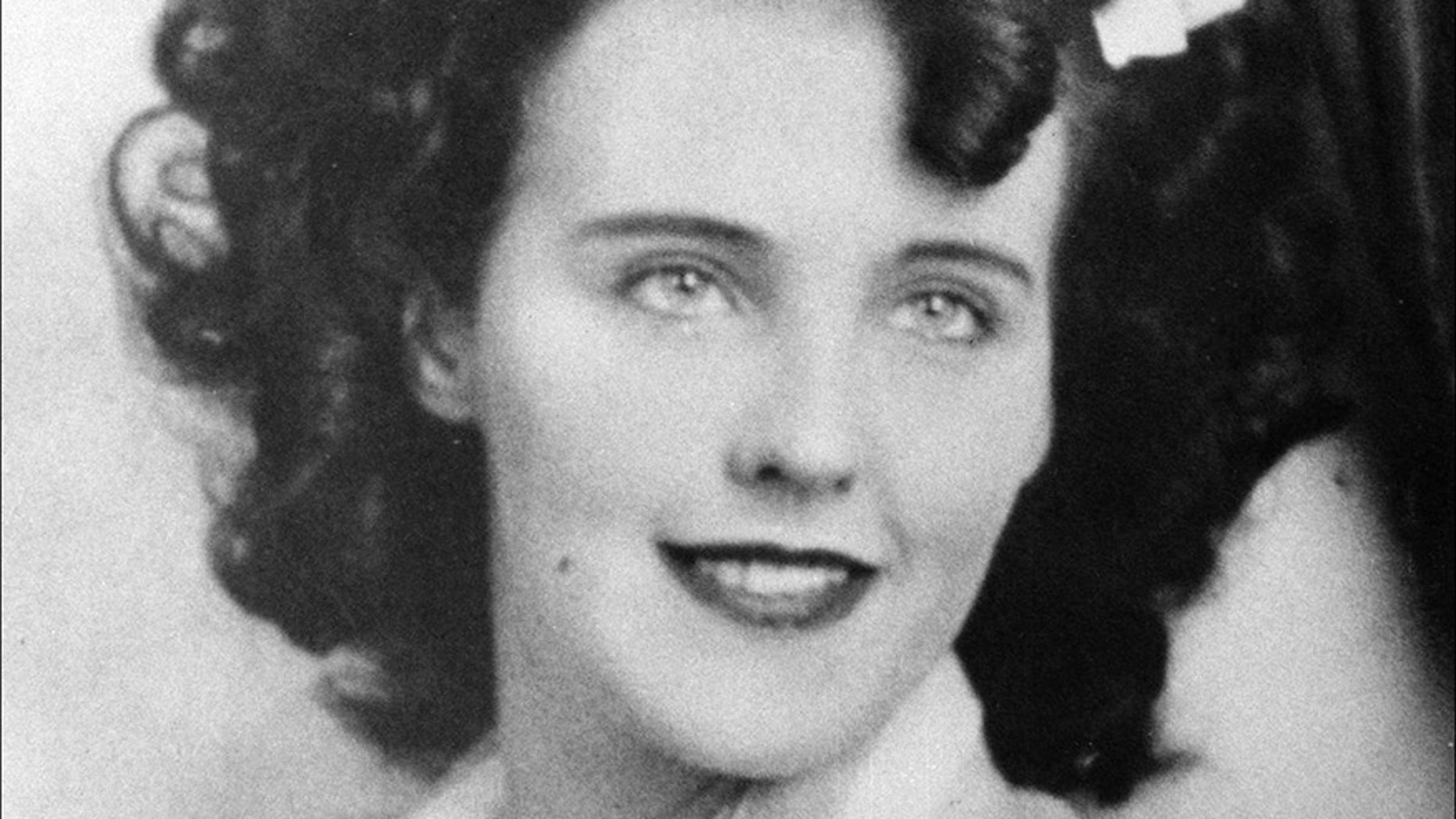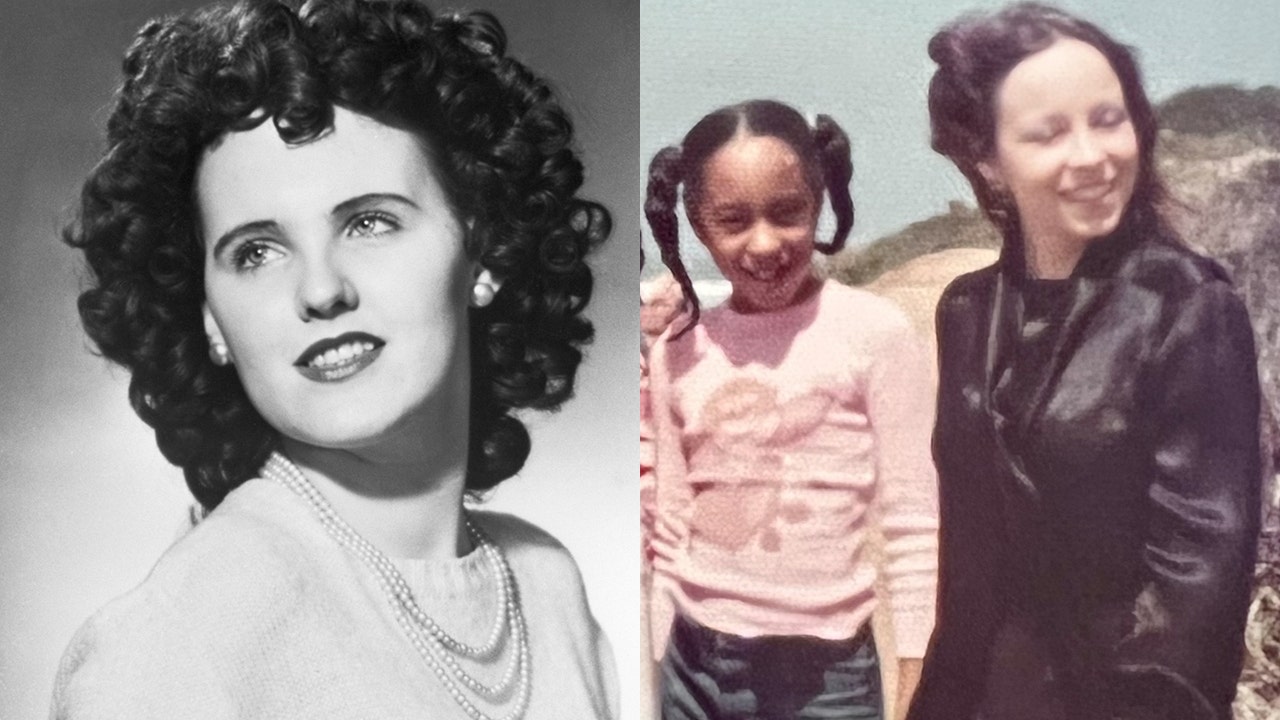The Enigmatic Tragedy Of Elizabeth Short: The Black Dahlia Case
The haunting tale of Elizabeth Short, known as the Black Dahlia, continues to grip public imagination decades after her untimely death. The release of Elizabeth Short's autopsy photos rekindled interest in one of America's most infamous unsolved murder mysteries. This article delves into the life, death, and legacy of Elizabeth Short, examining the details of her case and the significance of the autopsy photos that have become a defining aspect of the narrative.
Elizabeth Short's murder in 1947 remains a chilling, unsolved crime in Los Angeles history. Known as the "Black Dahlia" case, it has fascinated criminologists, historians, and the general public alike. The publication of her autopsy photos further intensified speculation and discussion about the nature of her death and the identity of her killer.
This article aims to explore Elizabeth Short's life, the circumstances surrounding her tragic demise, the findings from her autopsy, and the impact of the autopsy photos on public perception. By analyzing historical facts and expert insights, we strive to provide a thorough understanding of this tragic event and its lasting legacy.
Table of Contents
- Biography of Elizabeth Short
- Overview of the Black Dahlia Case
- Details of the Autopsy
- Significance of Elizabeth Short Autopsy Photos
- Theories Surrounding the Case
- Impact on Popular Culture
- Forensic Analysis of the Case
- Legal Proceedings and Investigations
- Public Reaction and Media Coverage
- Legacy of the Black Dahlia Case
Biography of Elizabeth Short
Early Life and Personal Details
Elizabeth Short was born on July 29, 1924, in Boston, Massachusetts. Below is a summary of her personal information:
| Full Name | Elizabeth Short |
|---|---|
| Birthdate | July 29, 1924 |
| Place of Birth | Boston, Massachusetts |
| Parents | Flora Elizabeth Pizzillo and Cleo Short |
| Siblings | Four siblings |
Elizabeth's early years were characterized by frequent relocations due to her father's career as a construction contractor. Her family endured significant financial hardship during the Great Depression, which profoundly affected her upbringing. Despite these challenges, Elizabeth was renowned for her striking beauty and captivating charm, often drawing attention wherever she went.
Overview of the Black Dahlia Case
On January 15, 1947, the grotesquely mutilated body of Elizabeth Short was discovered in a vacant lot in Leimert Park, Los Angeles. Her body was found severed at the waist, with a sinister "Glasgow smile" carved into her face. The crime scene photos, including the Elizabeth Short autopsy photos, shocked the nation and became emblematic of the brutality of the murder.
The moniker "Black Dahlia" was coined by the press, inspired by the film "The Blue Dahlia" and Elizabeth's preference for wearing black attire. The case rapidly gained national attention, with hundreds of tips flooding the police, yet none led to the conclusive identification of the perpetrator.
Details of the Autopsy
Medical Examination Findings
The autopsy of Elizabeth Short unveiled several critical findings that have since become central to the investigation. The Elizabeth Short autopsy photos revealed severe mutilations, including:
- Severance of the body at the waist
- A deep gash from ear to ear, resembling a "Glasgow smile"
- Signs of ligature marks on her wrists and ankles
- Evidence of extensive bruising and trauma
Forensic experts concluded that Elizabeth had been deceased for at least ten hours prior to the discovery of her body. The precise cause of death was determined to be asphyxiation, likely due to strangulation. The autopsy photos provided crucial evidence for investigators but also served as a haunting reminder of the crime's brutality.
Significance of Elizabeth Short Autopsy Photos
The release of the Elizabeth Short autopsy photos profoundly impacted public perception of the case. These images, though graphic and disturbing, offered insight into the reality of the crime and the suffering endured by Elizabeth. They also fueled public outrage and demand for justice.
Many argue that the photos played a pivotal role in keeping the case alive in public consciousness, ensuring it did not fade into obscurity. However, others criticize the use of such images, claiming they exploit the victim and her family for sensationalistic purposes.
Theories Surrounding the Case
Popular Theories and Suspects
Over the years, numerous theories have emerged regarding the identity of Elizabeth Short's killer. Some of the most prevalent theories include:
- A serial killer operating in Los Angeles
- A spurned lover seeking vengeance
- A person with medical or forensic expertise
Despite extensive investigations and numerous suspects, no one has ever been formally charged with Elizabeth's murder. The case remains one of the most perplexing and tragic unsolved mysteries in American history.
Impact on Popular Culture
The Black Dahlia case has left an indelible mark on popular culture, inspiring countless books, films, and television shows. The Elizabeth Short autopsy photos, in particular, have become iconic symbols of the case, frequently referenced in media portrayals. This cultural fascination with the case highlights the enduring mystery and tragedy of Elizabeth's life and death.
Forensic Analysis of the Case
Advances in Forensic Science
Advances in forensic science have provided new perspectives on the Black Dahlia case, though they have not yet led to a definitive resolution. Modern techniques, such as DNA analysis and digital reconstruction, have been applied to the evidence, offering potential avenues for further investigation.
Despite these advancements, the case remains unsolved, a testament to the complexity and challenges of cold case investigations.
Legal Proceedings and Investigations
Since Elizabeth Short's death, numerous investigations have been conducted, involving both local and federal law enforcement agencies. Despite extensive efforts, no conclusive evidence has been uncovered to identify the killer. The case files remain open, with periodic reviews and re-examinations of the evidence.
Public Reaction and Media Coverage
The public response to the Black Dahlia case was swift and intense, driven in part by the graphic nature of the Elizabeth Short autopsy photos. Media coverage of the case was extensive, with newspapers and magazines dedicating significant attention to the investigation and its developments.
Public interest in the case has persisted over the decades, with new generations discovering the story through books, films, and online content. This ongoing fascination underscores the enduring mystery of Elizabeth's murder and the desire for justice.
Legacy of the Black Dahlia Case
The legacy of Elizabeth Short and the Black Dahlia case extends far beyond the crime itself. It has become a symbol of the dangers women face and the importance of addressing violence against women. The Elizabeth Short autopsy photos, though controversial, have played a significant role in raising public awareness and discourse around these issues.
In conclusion, the Black Dahlia case remains one of the most intriguing and tragic mysteries in American history. The Elizabeth Short autopsy photos, while disturbing, have contributed to the enduring fascination with the case and the pursuit of justice for Elizabeth. As we continue to explore the details of her life and death, we are reminded of the importance of seeking truth and accountability in the face of such heinous crimes.
Final Thoughts
Thank you for reading this comprehensive article on the Black Dahlia case and the significance of the Elizabeth Short autopsy photos. We hope that this exploration has provided valuable insights into this tragic event and its lasting impact. If you found this article informative, please consider sharing it with others or exploring related content on our site. Your feedback and engagement are greatly appreciated as we continue to shed light on important historical and social issues.

'Black Dahlia' Break? Cadaver dog may have picked up scent Fox News

Has a British author finally solved America's most grisly murder? Fox

Black Dahlia murder How an unsolved 1947 slaying and dark secrets